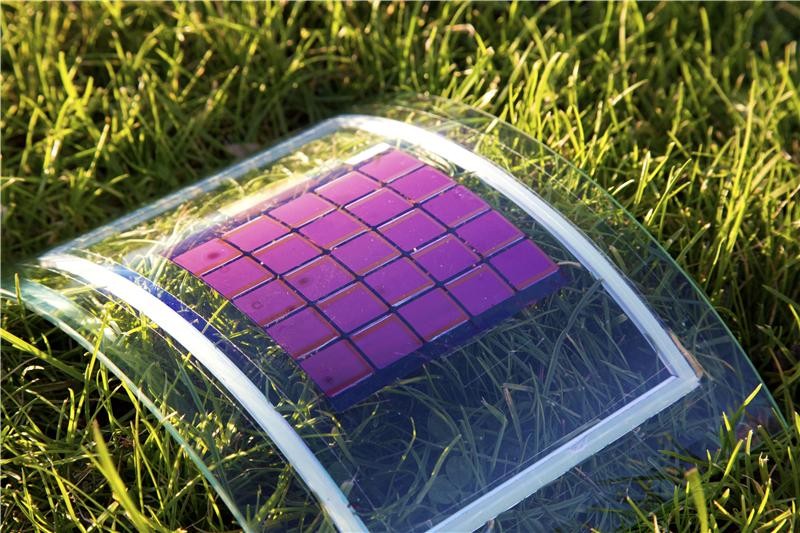A new project coordinated by Karlsruhe Institute of Technology (KIT) aims at making organic photovoltaics competitive to their inorganic counterparts by enhancing the efficiency of organic solar cells, reducing their production costs and increasing their life-time.
“Green” processes for materials synthesis and coating play a key role. “MatHero” is funded by the European Commission with an amount of EUR 3.5 million.
Organic solar cells will open up entirely new markets for photovoltaics.
These “plastic solar cells” have several advantages: They are light-weight, mechanically flexible, can be produced in arbitrary colors, and hence allow a customized design for a variety of applications.
Moreover, organic solar cells can be produced by printing processes with a low consumption of materials and energy, enabling the inexpensive production of high numbers of solar cells.
In order to become competitive in established markets, various challenges still have to be mastered. The energy conversion efficiency has to be improved to more than ten percent. Costs of materials synthesis have to be reduced.
The life-time of the materials and modules has to be enhanced to more than ten years.
Read all about how this is done using the “MatHero” project.












Comments